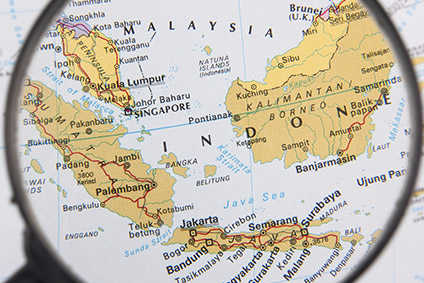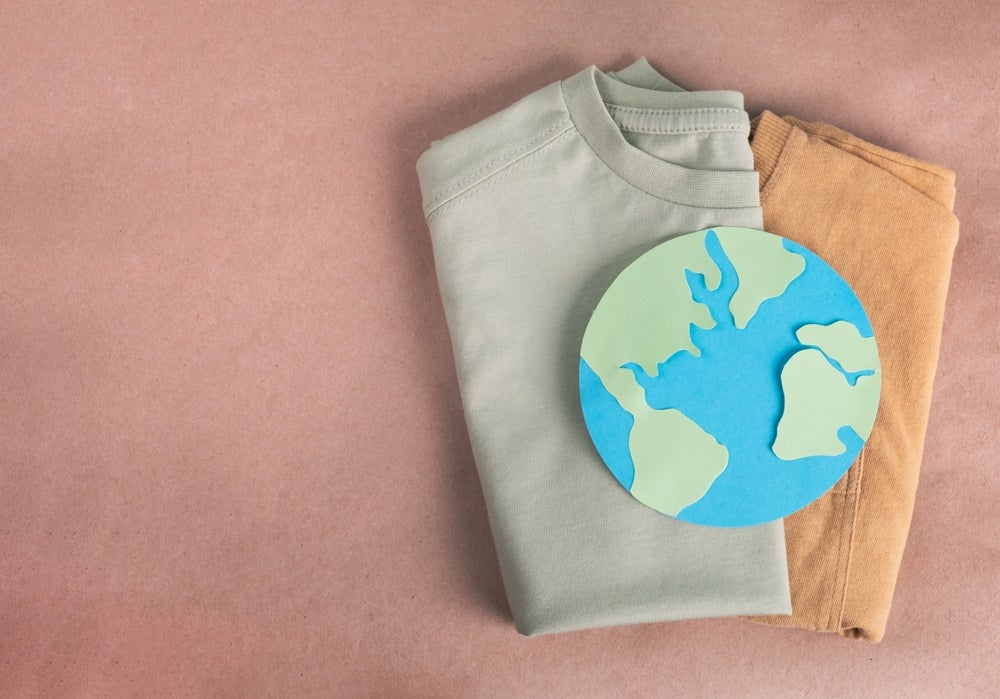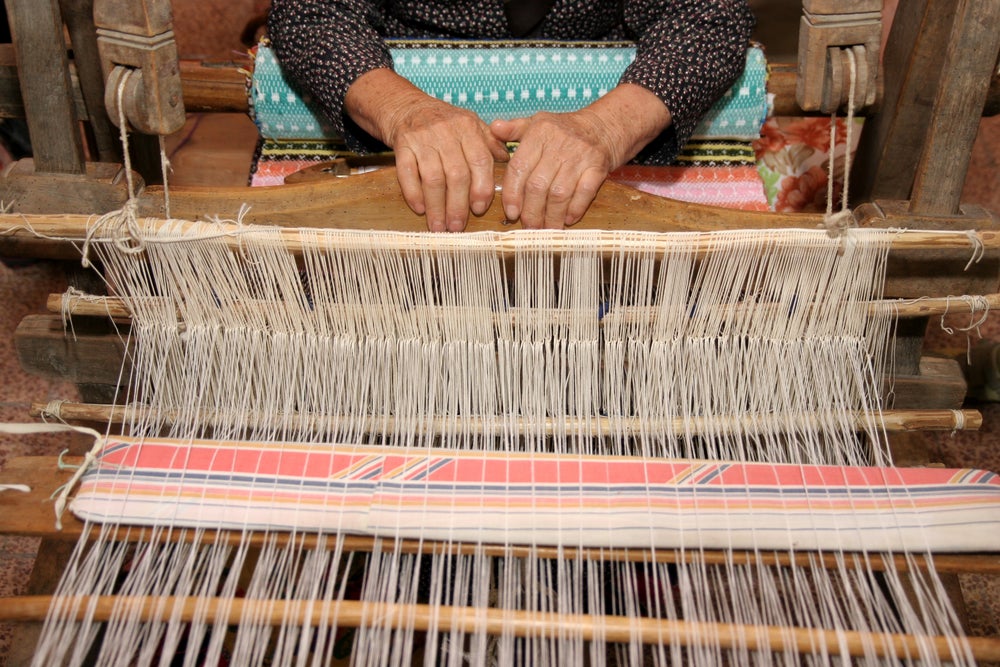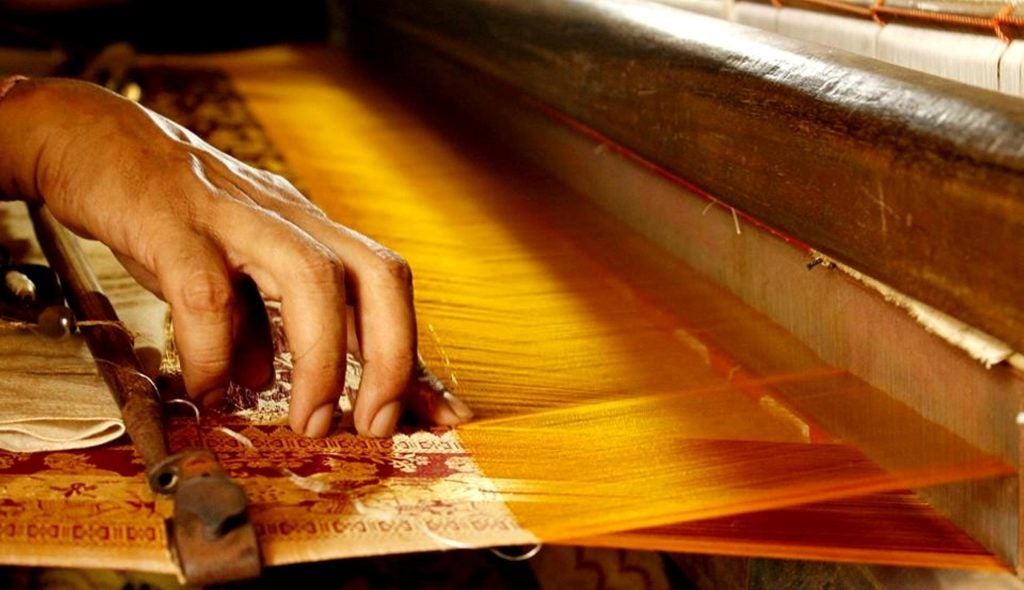
Indonesia is rolling out an ambitious plan to digitalise its clothing and textile industry – a key policy devised to meet the government’s goal of helping the country become among the world’s top five textile and apparel producers by 2030.
The Making Indonesia 4.0 plan was unveiled last August, encouraging Indonesia’s growing apparel industry to adopt Industry 4.0 technologies such as virtual reality, 3D design, automation and using the Internet of Things.
Explaining how the government is turning the plan into reality, Muhdori, the industry ministry’s director for textile, leather, footwear and multifarious industries, says: “In anticipating Industry 4.0, we have hired consultants and are conducting empirical studies and observation.”
He adds: “Right now, there are several companies that are approaching the level of Industry 4.0,” naming vertically-integrated textile and garment manufacturer PT Sritex and Pan Brothers, a garment maker with plants in Tangerang, Sukabumi, Bandung, Boyolali and Sragen.
“There are three factors that are key to Industry 4.0: modern machinery, manpower skills and the investment climate,” he adds, noting that these successful companies have dealt with all these challenges.
See Also:
Muhdori predicts the application of Industry 4.0 technologies in the Indonesian apparel sector will lead to the establishment of truly smart factories in the country.
How well do you really know your competitors?
Access the most comprehensive Company Profiles on the market, powered by GlobalData. Save hours of research. Gain competitive edge.

Thank you!
Your download email will arrive shortly
Not ready to buy yet? Download a free sample
We are confident about the unique quality of our Company Profiles. However, we want you to make the most beneficial decision for your business, so we offer a free sample that you can download by submitting the below form
By GlobalDataBy utilising technologies such as QR Codes and RFID (radio-frequency identification), the monitoring of production of yarn and fabric across Indonesia can be undertaken remotely and artificial intelligence will allow automatic identification of defects in fabric, pattern inspection and colour matching.
In apparel buying, virtual and augmented reality will help brands make purchasing decisions more quickly, while 3D scanning will allow consumers to order custom clothing – with such remote applications being especially important in an archipelago such as Indonesia where shipments need to be done once and done right.
In addition, 4.0 technology will enable Indonesia’s textile sector to produce a new generation of materials for functional clothing that can work with electronic devices, Muhdori predicts.
He says between 2016 and 2019, the country’s garment and textile industry secured additional investment of IDR91.5 trillion (US$6.6bn) in new equipment – digitised and standard.
Move in the right direction
Redma Gita Wirawasta, secretary general of the Indonesian Synthetic Fiber & Filament Yarn Producers Association (APSyFI), agrees that aiming at Industry 4.0 is the right direction, but warns this movement is still in its early stages and at present only large companies have the resources to install these technologies.
“Some companies have implemented it in their management system and in production lines such as spinning, weaving, knitting, dyeing and printing,” he explains.
“The benefit of 4.0 technologies is that things have become more efficient because information on raw materials, production processes and completion dates can be accessed online. In management, computer programmes allow all departments to be connected, creating a synergy.”
Ade Sudrajat, chairman of the Indonesian Textile Association (Asosiasi Pertekstilan Indonesia, API), agrees that achieving Industry 4.0 requires a lot of investment. “Companies have to consider the impact of such technologies on productivity, margins and product quality before investing on it.”
At present, many Indonesian companies have adopted 4.0 at a management level, but not production, he says.
“It cannot yet be applied at all levels. If wages are competitive and output is the same, companies won’t invest in new machinery.”
And even if they do – investors and lenders need to supply funds. Ade says the adoption of Industry 4.0 in Indonesia is being hampered by the reluctance of financial institutions to invest.
Muhdori adds that the government wants to address the problem of investment in technologies by facilitating low-interest financing for new machinery, working with domestic and international financial institutions. The government is also offering tax incentives for companies making 4.0 investments and creating a design and innovation design centre.
According to World Trade Organization (WTO) data, Indonesia was the eighth largest exporter of clothing in 2017, with exports of US$8.2bn, a rise of 9.9% on the year before. Measured by value, almost half (46%) of Indonesia’s textile imports came from China.
Indonesia’s Ministry of Industry puts the country’s combined textile and clothing exports at $12.58bn in 2017, with rises to $13.5bn expected in 2018 and a further increase to $15bn in 2019.
Among recent moves to strengthen the global competitiveness of Indonesia’s textile sector, the government has announced plans to relax foreign investment restrictions on a number of industry sectors – including fabric printing – in a bid to encourage exports and capital inflows.
Upstream material supply is also being boosted by the opening of a new Lenzing research and development facility in the country, bringing its state-of-the-art fibre testing and full fibre-to-fashion innovation capabilities to Asia. And Asia Pacific Rayon (APR) last year built what is thought to be Indonesia’s largest integrated rayon facility – a move that will help support the development of a national textile industry and help the country reduce its dependency on imported materials.
Prym Intimates has also opened a new manufacturing facility in Semarang, from where it will supply a range of hook and eye, bra-wires and ring/slides to the lingerie industry.
And a recently signed trade deal with Australia should provide another opportunity for Indonesia to grow its exports of footwear, textiles and apparel. The two countries signed the Indonesia-Australia Comprehensive Economic Partnership Agreement (IA-CEPA) earlier this month. Indonesia is Australia’s 13th largest trading partner with two-way trade reaching US$16.8bn in 2017 – and under the agreement, 99% of Australian goods will enter Indonesia duty-free or under significantly improved preferential arrangements by 2020.






